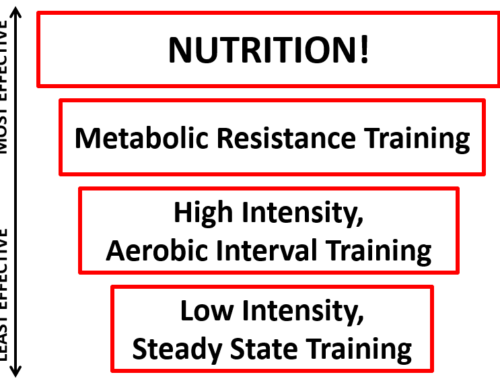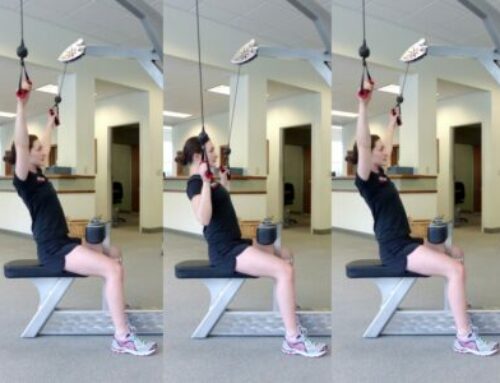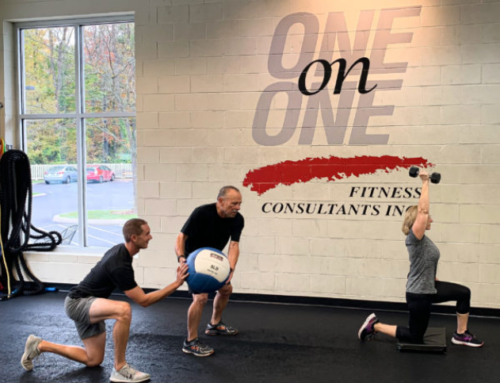By The One on One Team
Last Updated: 9/3/23
For over 300 years, kettlebells have been one of the most effective strength and conditioning tools available. When used correctly, kettlebells are appropriate for people of all ages and fitness levels, and have been proven to improve strength, power, endurance, mobility, and back health.
Use kettlebells for a total body workout that improves strength and EPOC.
One of the greatest benefits of kettlebell training is that it consists almost entirely of total body exercises. Unlike many fitness techniques (and a lot of traditional gym equipment), kettlebell training exercises the whole body at once leading to an increase in overall calories burned. The quick, coordinated movements also improve strength, power, and explosiveness, all of which are useful both in athletics and activities of daily living.
While most people think of kettlebells for strength training, they can also provide a great aerobic stimulus. In a study conducted by the American Council on Exercise, participants performed a 20 minute interval-based snatch workout. Participants burned approximately twenty calories per minute, totaling an astonishing 400 calories burned during the workout!
Kettlebells improve back health through corrective exercise and resistance training.
- Kettlebell exercises strengthen the glutes. Often, people with low back dysfunction exhibit “gluteal amnesia,” meaning they do not properly use their glutes. If the glutes are not functioning properly, the low back does work that our glutes are intended to perform.
- Kettlebell exercises stretch the hip flexors. Weak glutes are often associated with tight hip flexors. Kettlebells can be used in a number of ways to stretch the hip flexors.
- Kettlebells develop back endurance. According to spine expert Dr. Stuart McGill, improved muscular endurance of the back reduces the likelihood of developing back problems. Exercises such as the kettlebell deadlift, hip swing, and snatch improve the endurance of your back muscles.
- Bracing is superior to “hallowing” for spinal stability. McGill describes bracing as symmetric stiffening of all the muscles surrounding the spine without hallowing or pushing out the abdominal wall. Kettlebell training teaches you to “brace” through your core while performing all movements.
You will be hard-pressed to find any other training tool that offers as many benefits as the kettlebell. Be sure to talk with your trainer about incorporating kettlebell training into your program. As always: be safe, have fun, and train hard!





